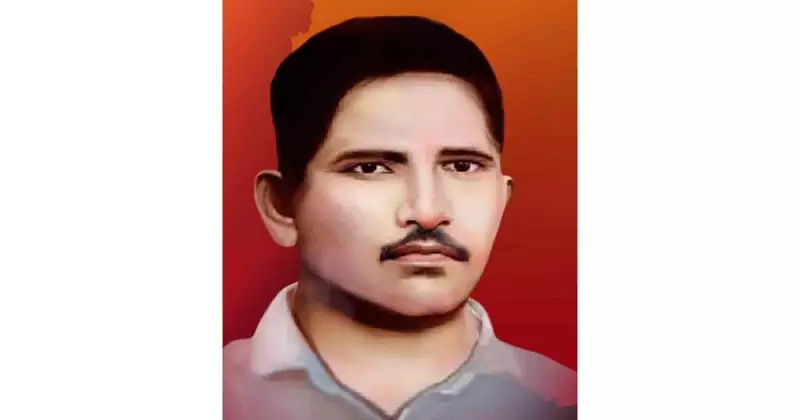
In the annals of Karnataka's rich cultural history, one name has been conspicuously absent from mainstream narratives - Siddavanahalli Krishna Sharma, the fiery visionary who lit the first sparks of the Kannada language movement. His story represents a forgotten chapter in India's linguistic renaissance that deserves to be remembered.
The Birth of a Linguistic Revolutionary
Born in 1907 in Siddavanahalli, Krishna Sharma's journey from a humble background to becoming the torchbearer of Kannada identity is nothing short of extraordinary. His early exposure to both Sanskrit and Kannada literature created a unique foundation for what would become his life's mission - preserving and promoting his mother tongue.
The Pioneering Publication That Started It All
In 1942, Sharma launched Kannadiga, a weekly newspaper that would become the voice of the Kannada movement. This wasn't just another publication; it was a revolutionary platform that:
- Championed the cause of making Kannada the official language of Karnataka
- Fought against the dominance of English and other languages in administration
- Created awareness about linguistic rights among the common people
- Provided a platform for Kannada writers and thinkers
The Unyielding Struggle for Linguistic Rights
Sharma's activism went far beyond journalism. He organized the first-ever Kannada conference in 1943, bringing together intellectuals, writers, and common citizens who shared his vision. His famous slogan "Kannada Naadu, Kannadiga, Kannadathva" (Kannada Land, Kannada People, Kannada Identity) became the rallying cry for the movement.
What made Sharma particularly remarkable was his strategic approach. He understood that linguistic rights needed both cultural celebration and political pressure. His efforts included:
- Organizing public meetings and processions across the state
- Lobbying with political leaders and government officials
- Creating educational materials to promote Kannada learning
- Building bridges between different Kannada-speaking regions
The Legacy That Lives On
Though Sharma passed away in 1977, his contributions laid the groundwork for future language movements in Karnataka. The eventual establishment of Kannada as the state's official language and the creation of various institutions to promote the language owe much to his pioneering efforts.
The tragedy, however, lies in how history has treated this visionary. While later figures in the Kannada movement received widespread recognition, Sharma's foundational work remains largely unknown to younger generations.
Why Remembering This History Matters Today
In an era of globalization where regional languages face unprecedented challenges, Sharma's story serves as a crucial reminder. His battle wasn't just about language; it was about:
- Preserving cultural identity in a rapidly changing world
- Ensuring that administrative systems remain accessible to common people
- Maintaining the rich literary and cultural heritage of Karnataka
- Creating space for regional voices in national discourse
As Karnataka continues to navigate the complex relationship between local identity and global integration, the principles that guided Sharma's movement remain remarkably relevant. His vision of a proud Kannada identity that coexists with broader Indian and global identities offers valuable lessons for contemporary linguistic and cultural debates.





